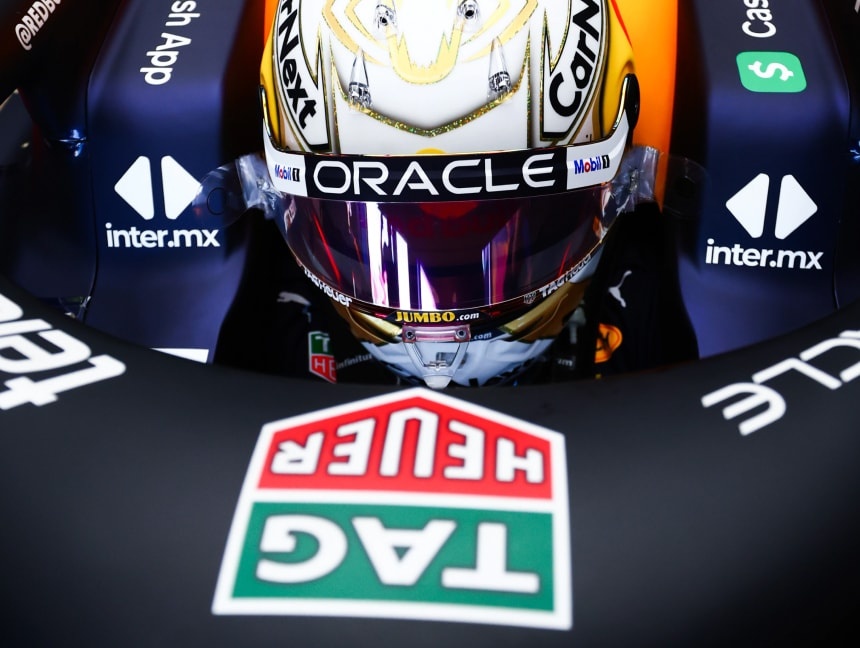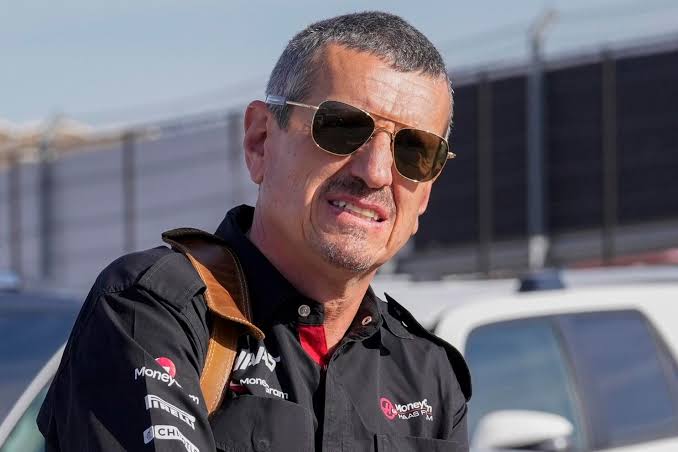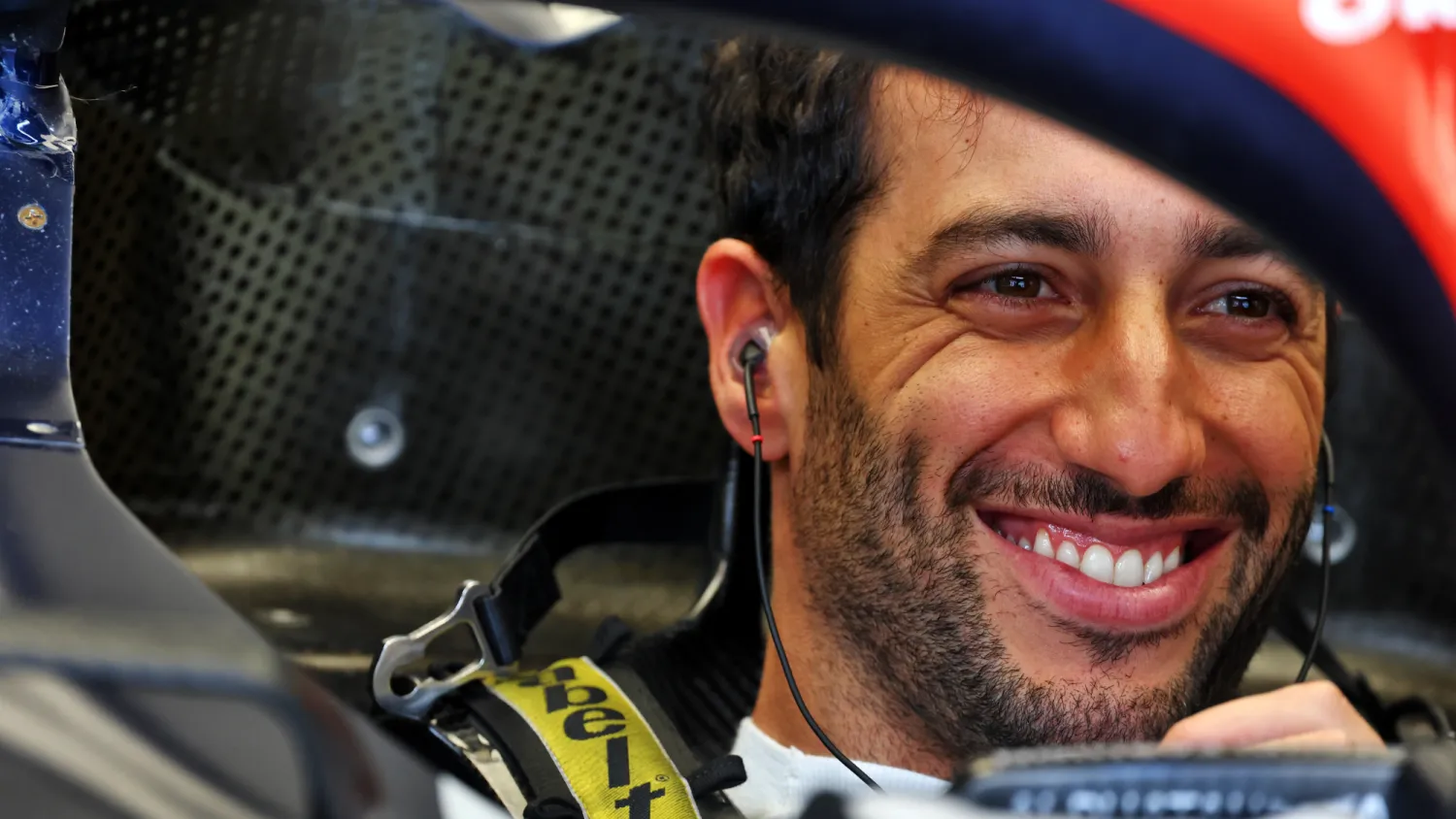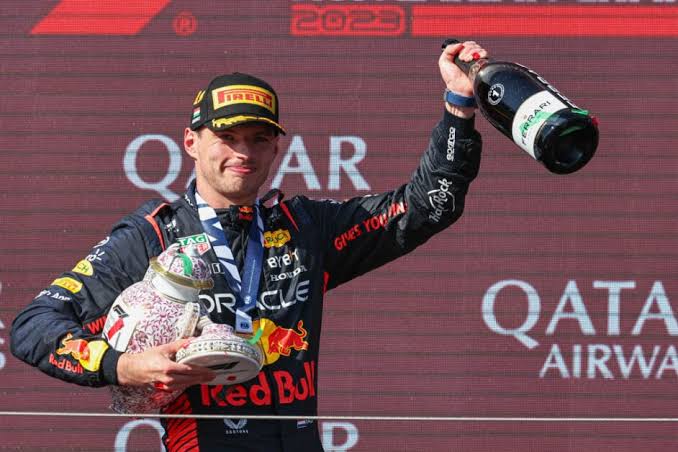How F1 Aims To End Extreme Temperature Problems
As the preparation for the 2024 FIA Formula 1 season has already started, FIA is looking to make some changes for the 2024 season. After extreme conditions at the 2023 Qatar GP, in which drivers suffered in the heat and humidity in Los Angeles, most
Saying afterward that it was the toughest race of their careers.
Some of the drivers in the heat ended up on the verge of collapsing, vomiting, and being severely dehydrated after the checkered flag, while Williams’ rookie Logan Sargeant felt too ill to continue, and Alex Albon also needed medical attention after the race.
The track temperature at Qatar Gp at night remains at 36°C, the highest ever seen at an F1 race, while the daytime temperature went above 40°C.
In the aftermath of the race, the FIA said measures would be discussed at a meeting of its medical commission in Paris.
Before the next meeting of the medical committee in Paris, a number of measures will be proposed.
With the assistance of Dr. Chris Tyler from the University of Roehampton, London, an expert on the effects of severe temperatures on professional athletes, with whom we met before the FIA made its statement, we have examined potential measures and provided some of our own recommendations. Additionally, he has assisted McLaren’s Formula One drivers in their preparation for racing in harsh weather.
To cope with this extreme heat, The FIA stated that next year’s race in Qatar will be held in December, when temperatures should be lower, but said it preferred “to take material action now to avoid a repeat of this scenario.”
Some potential measures that the F1 can take are:
1. Do not start the race if it’s too hot.
F1 authorities may obtain this method, which is implemented by FIFA and World Athletics. This is applied when the weather is too extreme to carry on any sporting activities. Thorough analysis of the weather is done, and once the extremities go away, the match or race is given a green flag.
2. Shorten Types:
Another option is, if it’s too hot, to shorten the length of races by cutting off some laps. This will bring some relief to the drivers, officials, and even the fans from the scorching heat.
3. Efficient Airflow in the Car
More efficient airflow by adding some technical or mechanical means in the cars so the driver’s cockpit remains cool is one of the potent solutions.
Although these potential solutions are coming out, which will FIA and F1 undertake? Only they can tell. And the motosport world is eagerly looking for F1 to make a decision because it’s not just an F1 problem; it’s also a MotoGP problem too. MotoGP also has races in Qatar. So, F1 has to really make a landmark decision for everyone’s benefit.






















